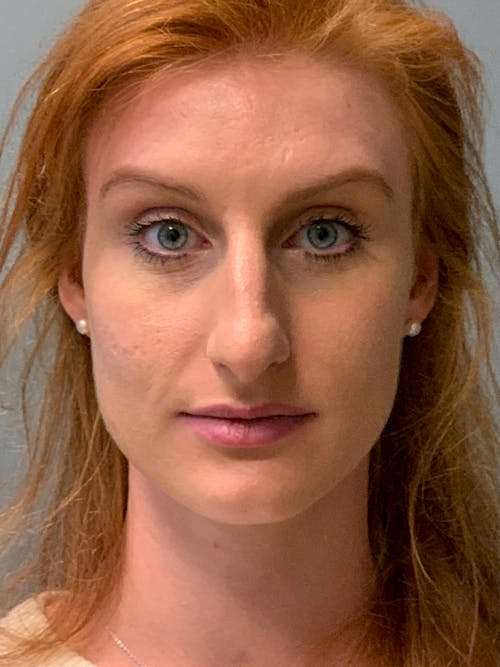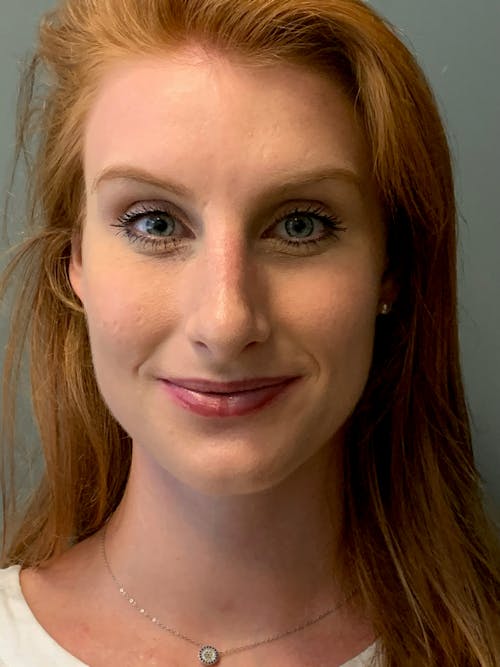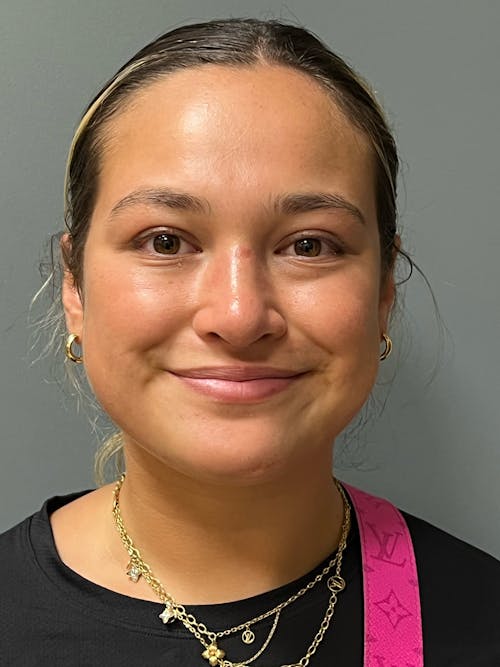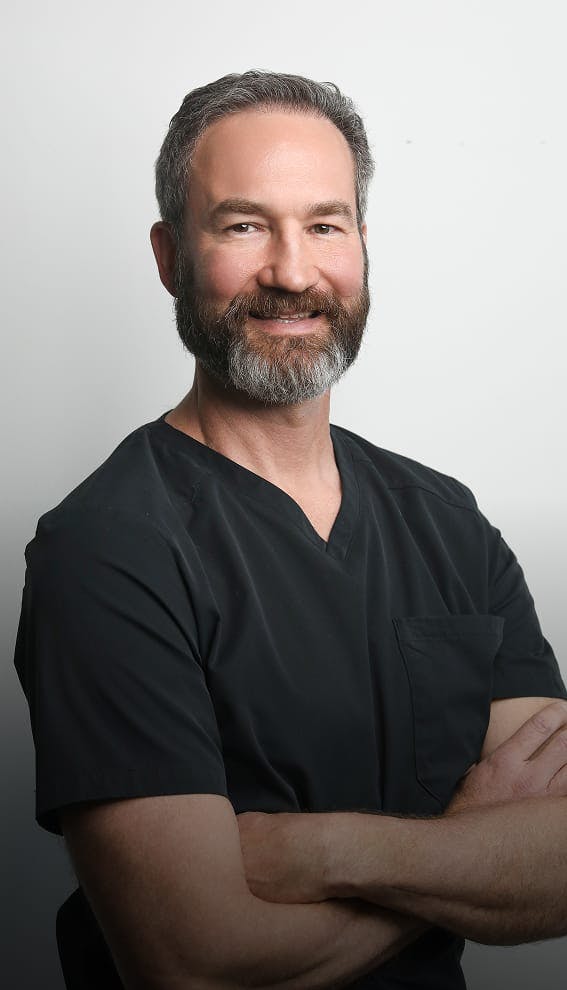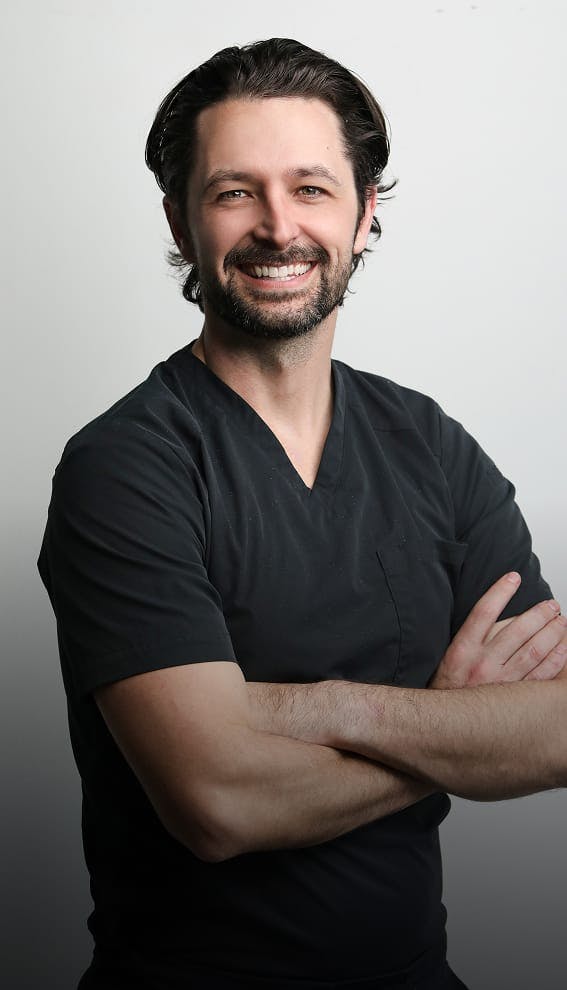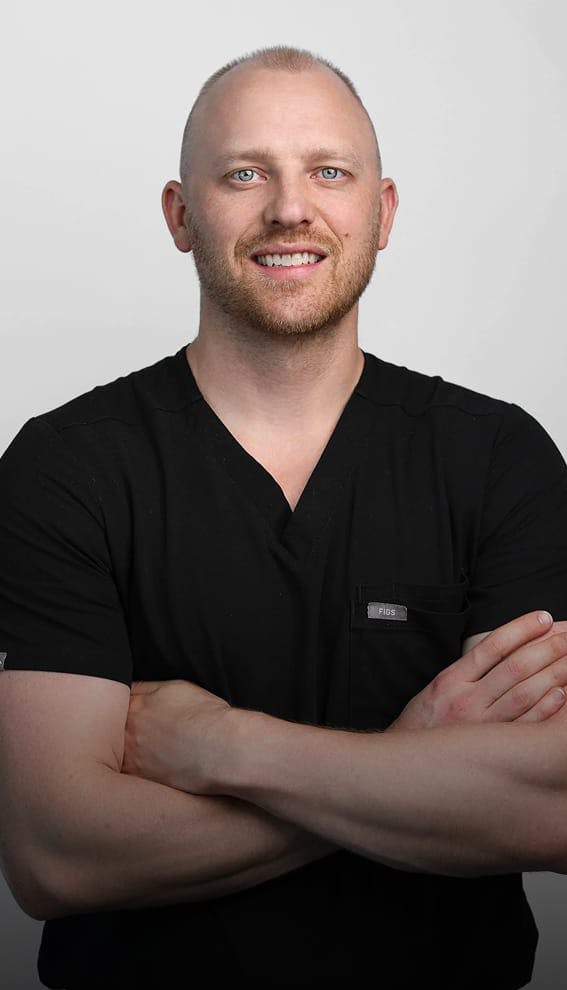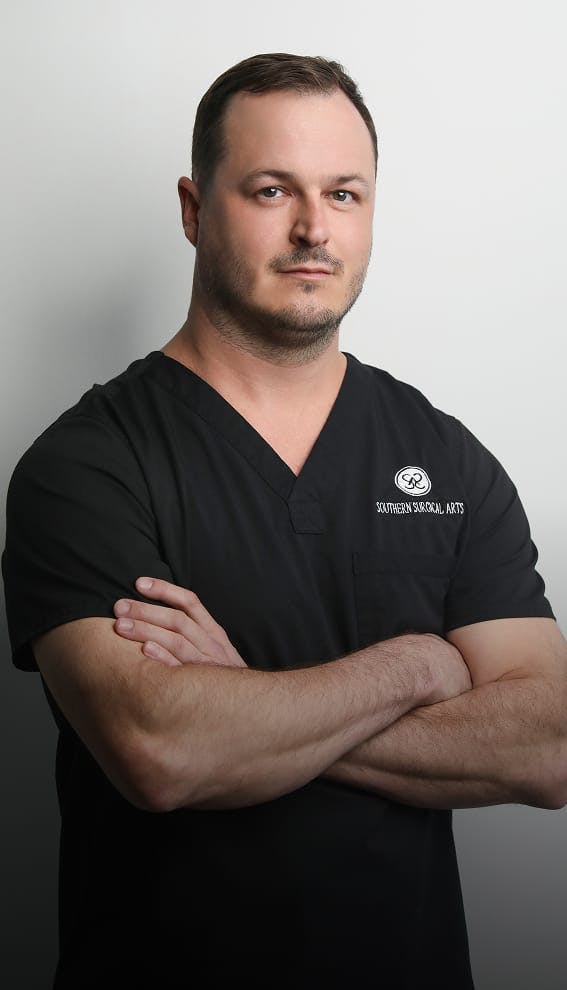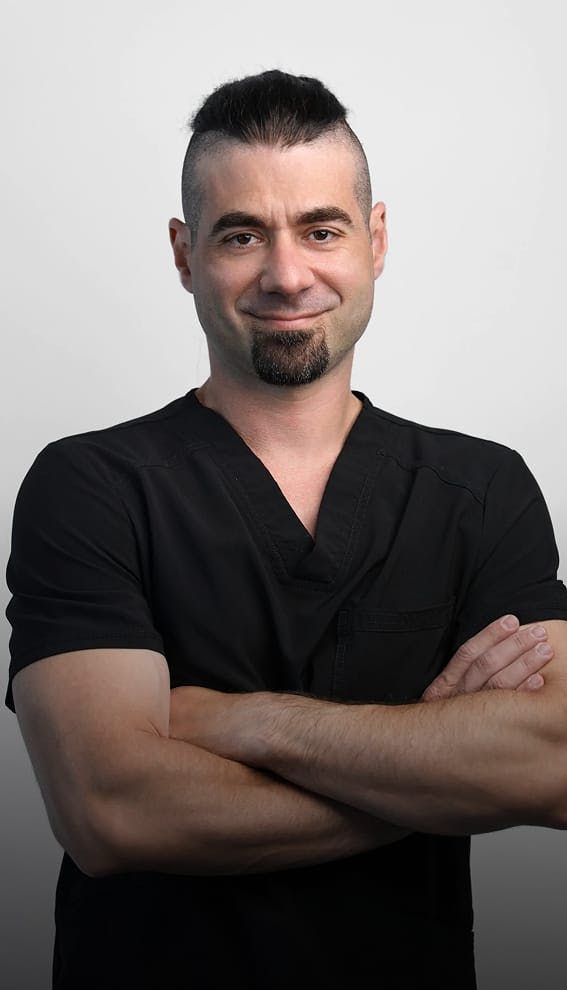What Happens During the Procedure
On the day of your rhinoplasty, you will meet with your Southern Surgical Arts team to review your treatment plan. Being nervous at this point is completely normal. Your doctor will address your questions and concerns to help calm you and reduce any nervousness you may be experiencing. The doctor will mark your nose with a surgical marker. This will help highlight incision sites, anatomical landmarks, and areas of focus.
Once you are in the operating room, you will be given the appropriate anesthesia to keep you comfortable during the procedure. Your surgeon will follow his precise markings to create the incisions. The surgeon will make the necessary adjustments to your nose, following your tailored treatment plan. He will take into consideration your goals, your anatomy, and the functionality of your nose as the surgical changes are being made.
Closed (Internal) Rhinoplasty
During a closed rhinoplasty procedure, your doctor will make an incision inside the nostrils where they will be concealed within the natural contours of the nose. This approach works well when minor adjustments need to be made to the nose.
Open (External) Rhinoplasty
Open rhinoplasty is ideal when more substantial enhancements are needed. The incision is made on the underside of the nose in the tissue that separates the nostrils, called the columella. From there, the skin is gently lifted back, allowing for visualization and more direct access to the nasal structure.
Septoplasty
A septoplasty is the surgical reshaping of a deviated septum. This procedure helps to improve the function of the nose, allowing for better breathing. During a septoplasty, the bone and cartilage are trimmed, replaced, or repositioned. This surgery can be performed during a rhinoplasty, if necessary.


